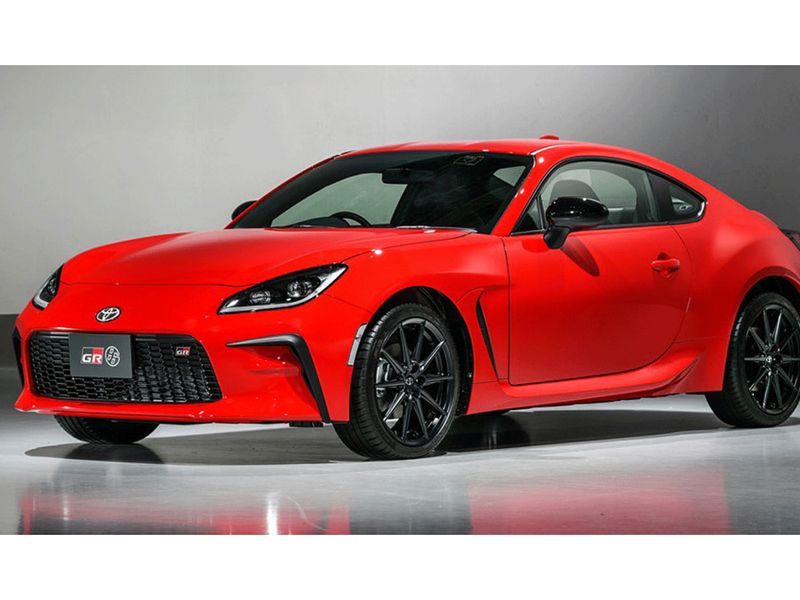
TOKYO – Toyota has pulled the wraps off its next-generation 86 coupe, giving the redesigned sporty car a boost in power to answer customers clamoring for more oomph.
Toyota also rechristened the nameplate, in the Japan market at least, as the GR 86, in a nod to the brand’s Gazoo Racing tuner line. The overhauled GR 86 launches in Japan this autumn.
The entry-level driver’s car was jointly developed by Toyota Motor Corp. and Subaru Corp., with Subaru providing the engine and manufacturing and Toyota doing the design. Subaru said it had a bigger hand in this redesign, helping envision the front fender lines and other tweaks.
The first generation went on sale in 2012, with Subaru calling its version the BRZ. Subaru unveiled the second-generation BRZ last fall, saying it would go on sale as a 2022 model.
Toyota presented the GR 86 on Monday in an online event that also featured the overhauled BRZ under the banner “Let’s make ever-better cars together!”
More power
The GR 86 and BRZ will get a naturally aspirated 2.4-liter, four-cylinder boxer engine, up from the 2.0-liter four-banger in the outgoing model. The upgrade cuts the car’s 0-to-60-mph time to 6.3 seconds, from 7.4, according to Toyota. When Subaru previewed its version last fall, it said the car would deliver 228 hp and 184 pound-feet of torque. The rear-wheel-drive GR 86 and BRZ will be available with either a six-speed automatic or a six-speed manual.
The added power helps counter complaints that the first-generation 86/BRZ, while a great tuner car perfectly suited for gearhead enhancements, was underpowered for its target group.
The dimensions of the GR 86/BRZ are nearly the same as the outgoing version, allowing the car to keep its sleek profile, low center of gravity and planted hip point. The updated version is just a tad longer and lower, and it has a slightly longer wheelbase. But the overall width is the same.
Torsional rigidity has been increased by 50 percent to improve agility and enable better steering stability, Toyota said. Aluminum roof panels and fenders help keep the weight down.
On the outside, designers smoothed contours for a rounder, more robust stance.
They also improved the aerodynamics with air outlets, side-sill spoilers and other changes. The treatment of the hood and front wheel arches was modernized for a more streamlined look.
The Toyota and Subaru sibling nameplates have subtle differences in the headlamps, grille and front air intakes to help set them apart. The lips of the front air intakes get a new texturing treatment to enhance aerodynamics, while the rear taillights get “aerowings” to aid air flow.
The automatic transmission versions of each company’s car will be equipped with Subaru’s EyeSight driver-assist technology, which includes a pre-crash safety system.
More cooperation
The Toyota GR 86/Subaru BRZ is an outgrowth of a capital alliance between Toyota and Subaru that dates to 2005. The partners confirmed plans to work on a second generation of the sporty coupe in 2019, when Toyota increased its stake in Subaru to 20 percent.
Toyota and Subaru are working on other joint programs, including an all-electric crossover that is scheduled to hit the market in the early 2020s. Subaru is also expected to adopt Toyota’s hybrid drivetrain technology in more of its own offerings in the coming years.
The BRZ’s new engine is related to the 2.4-liter turbo found in the Ascent and Outback XT crossovers, as well as the Legacy XT sedan, but was revised to be normally aspirated. The BRZ is the first Subaru to get the naturally aspirated version of the 2.4-liter engine.
Toyota has sold more than 200,000 units of the 86 worldwide since its launch; Subaru has delivered about 90,000 of its BRZ. The cars are made at Subaru’s Gunma plant in Japan.
Pricing was not announced.